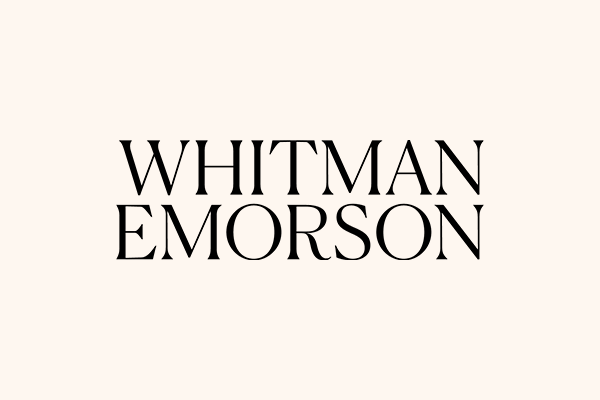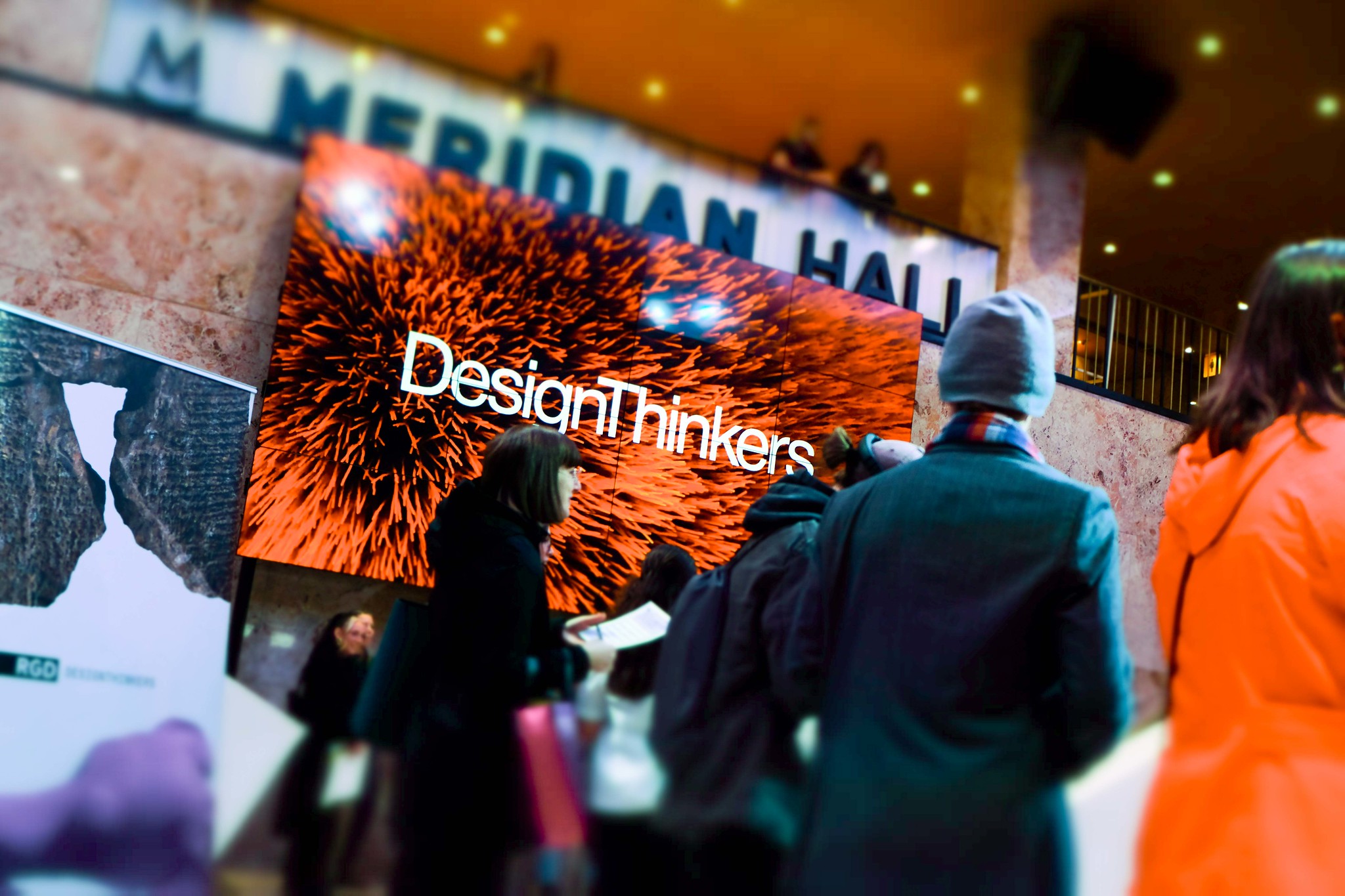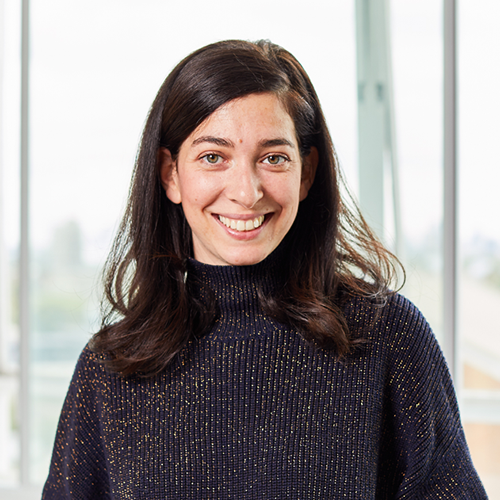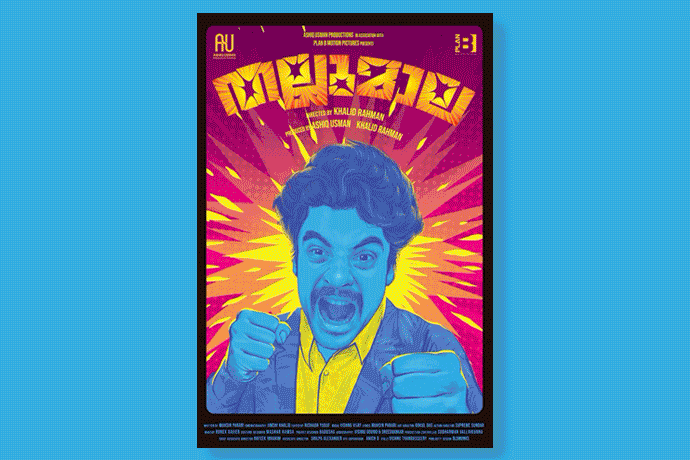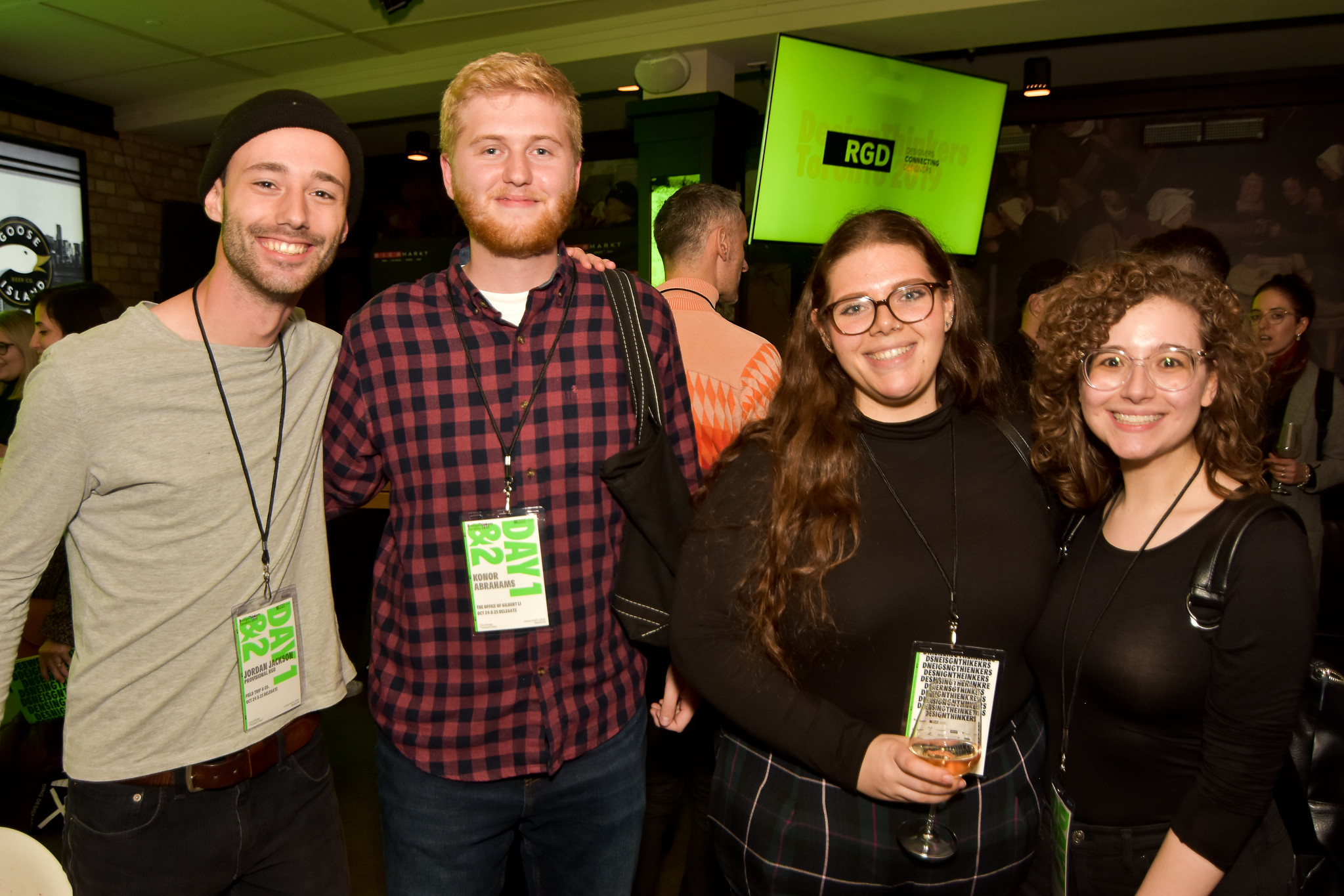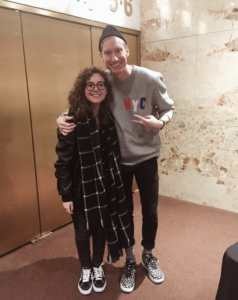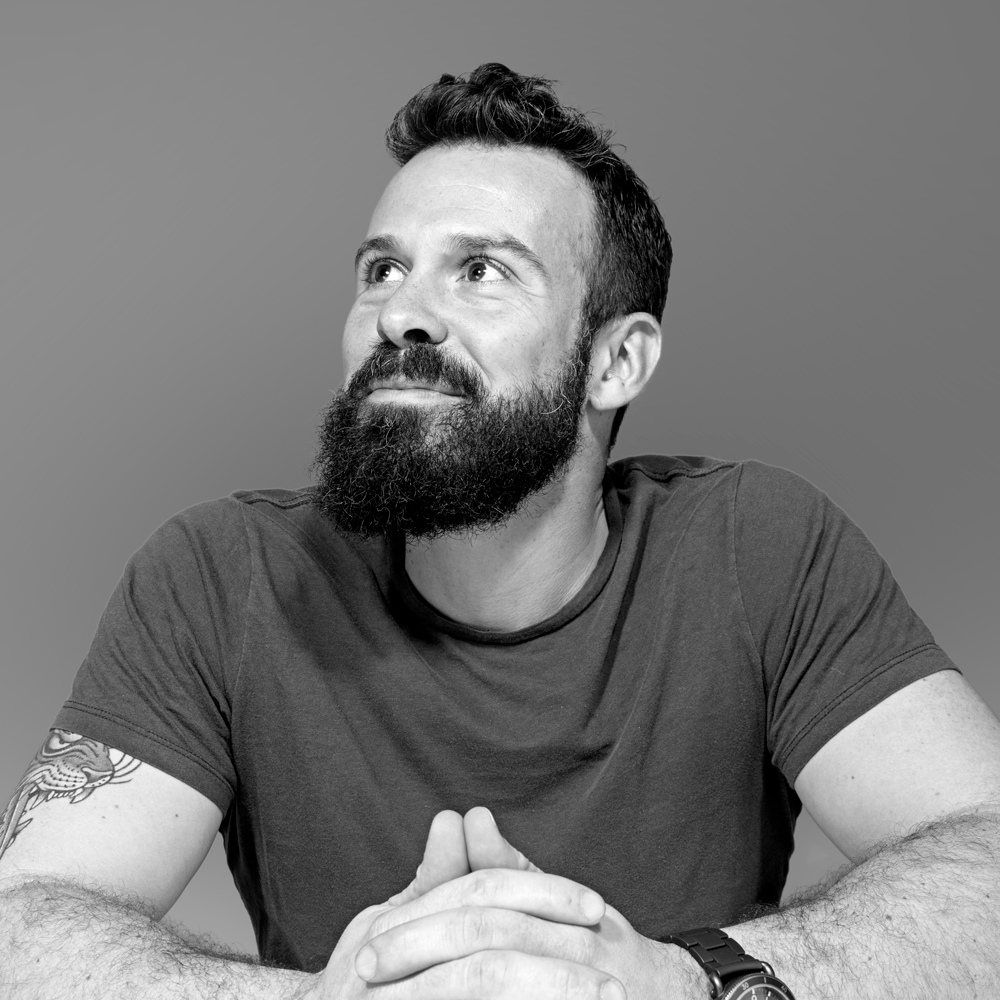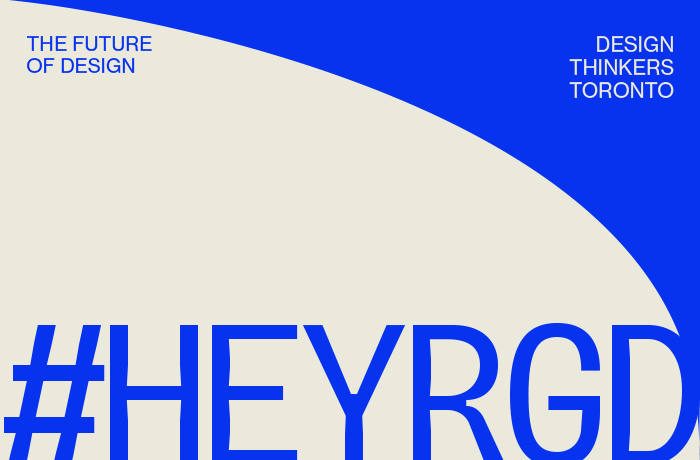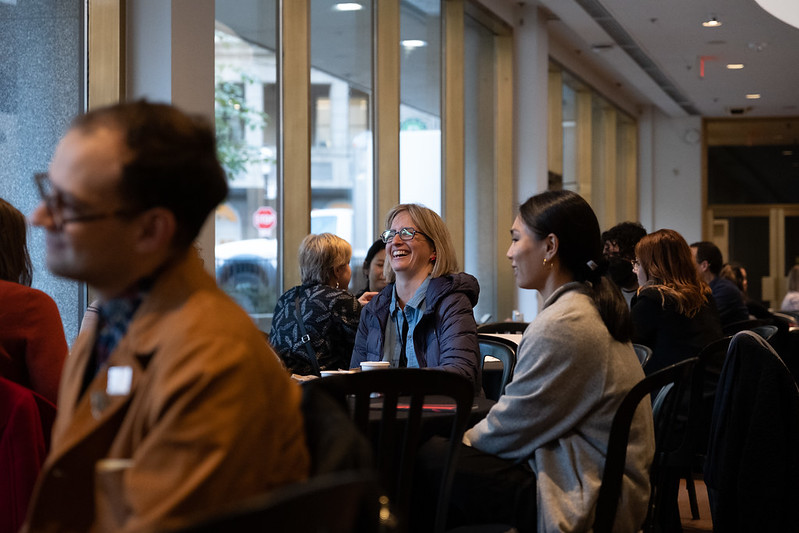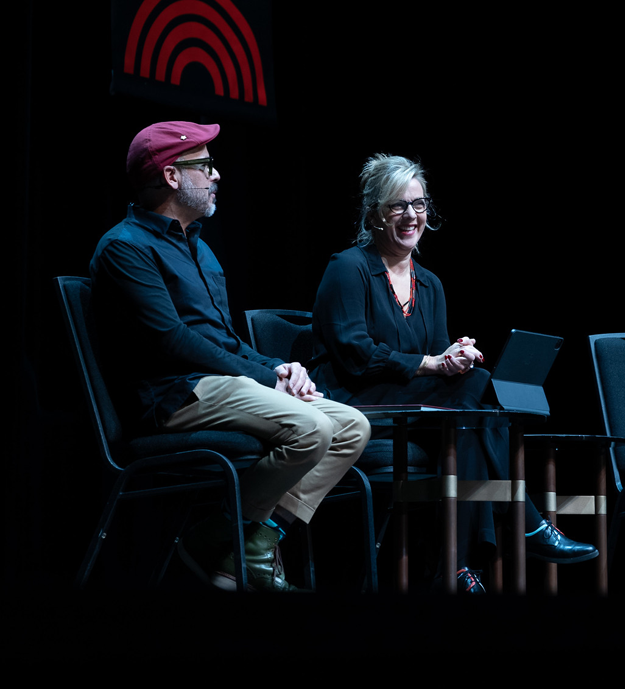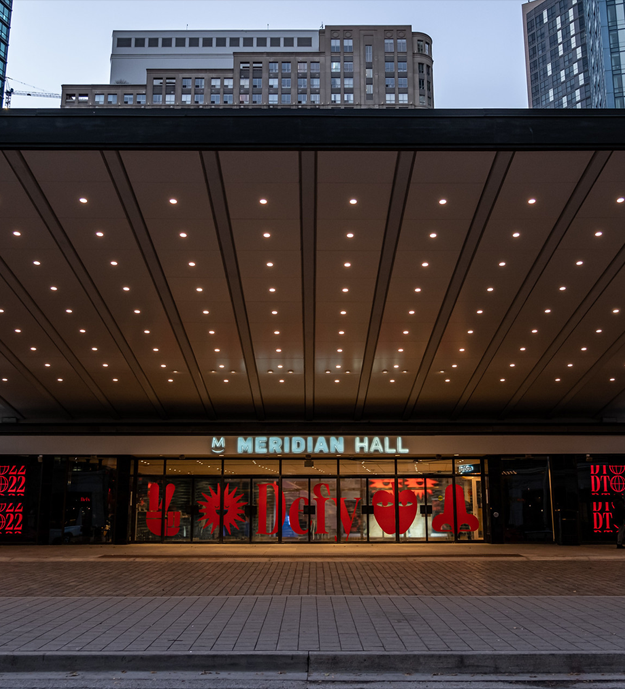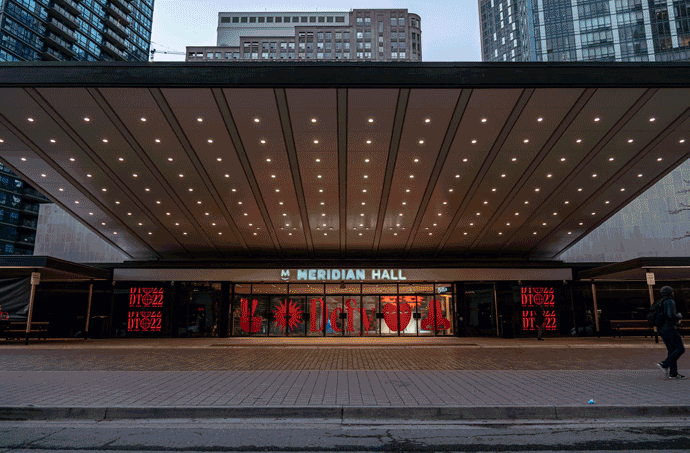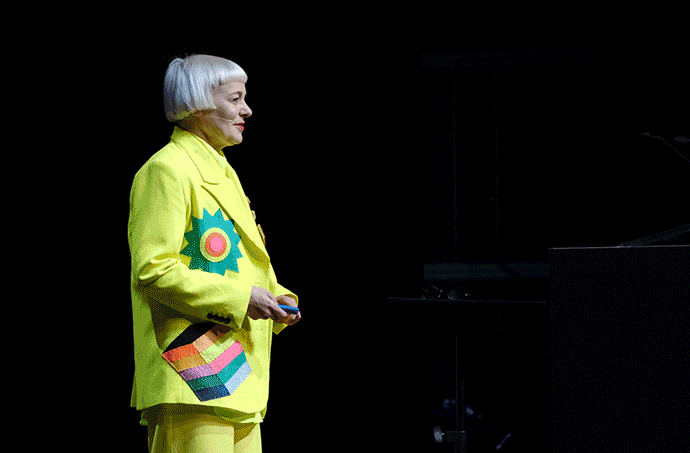Joining the roster of esteemed firms who have developed branding for the DesignThinkers conferences, Whitman Emorson shares their design process, challenges, inspiration and more for the 2024 branding.
In its 25th year, the 2024 Conferences take place in-person with an option for online streaming in Vancouver on May 28-29 (registration opens Dec 2023) and in Toronto on Nov 7-8 (registration opens May 2024).
Why did you and your team want to take on the 2024 DesignThinkers branding as a project?
We took on the 2024 DesignThinkers branding project because of its significant impact on both the Canadian design community and our personal growth as individuals over the years. We are so lucky to have access to this kind of event so close to home and seeing all the studios who have contributed in the past is inspiring. Creating the conference identity also allows folks to get to know us at Whitman Emorson, our exceptionally talented team, our design philosophy and, of course, engage with the identity we’ve created! Plus, what a cool brief. It’s been freeing to step out of the parameters of our day-to-day and shake up our process to establish the visual identity for 2024.
What has been the most challenging aspect of coming up with the design/concept?
The most challenging part of this project/process has also been the most exciting! It’s a fairly open brief with fewer parameters than we’re used to (in this industry). Instinctually, as designers, we often thrive with structure, guardrails and restrictions. “Freedom within a framework” allows for play while being tethered — to explore, but not too far, to play, but within the sandbox. With the brief for 2024 DesignThinkers, we were challenged by the freedom of possibility and the endless ideas that come with it. Allowing ourselves to lean into a feeling of “anything is possible” was equally challenging as it was exciting.
We were also challenged knowing this visual identity would be viewed by our peers, both locally and internationally. Its reach and scale inspired us to create something that would resonate with the design community and the broader creative community, leading us to question: What is universally true? What will inspire and excite? What will be differentiated and how can we push our ideas/thinking/execution, all while having fun?
What is the source of inspiration for the concept? What research did you undertake?
Our source of inspiration for the concept stemmed from something that felt relevant to the design industry at large — the notion that embarking on any creative project can be initially daunting and overwhelming, often with uncertainty about where to begin, but ultimately, it is a fruitful and fulfilling journey.
Drawing from a range of influences, including surrealism, collages, graphic design tools and devices such as optical illusions, animation and textured layers, we were inspired by being immersed in the creative process ourselves. Our approach involved extensive visual research, employing tools like brainstorms, mind maps and mood boards. Ultimately, we aimed for the concept to capture and celebrate the dreamlike, unpredictable nature of the creative process, inviting attendees to enter into a world of endless discovery.
What has been your team’s design process to tackle this project?
We used this brief as an opportunity to shake things up and explore a new approach — nothing revolutionary but definitely different from our day-to-day. We briefed everyone on our team, including accounts, strategy and interns and conducted a studio-wide brainstorm. The session was inclusive and varied, yielding a wide range of themes and ideas! Designers were then paired up in teams, where each was responsible for coming up with creative directions and visual executions centred on a core idea or theme. We did quite a bit of research and narrowed in on three directions, two of which were shared with the RGD Design Committee. We were closely involved in the decision-making process and ultimately decided on, in our very humble opinion, an identity that we believe (and hope!) will resonate with attendees and speakers alike.
To learn more about sponsoring DesignThinkers, email Michelle Pereira Hampton, RGD’s Director of Communications & Development, at [email protected].
If you would like to submit a proposal to speak at the event, apply here.
General conference inquiries can be sent to Abdul Omar, RGD’s Programs Manager, at [email protected].
